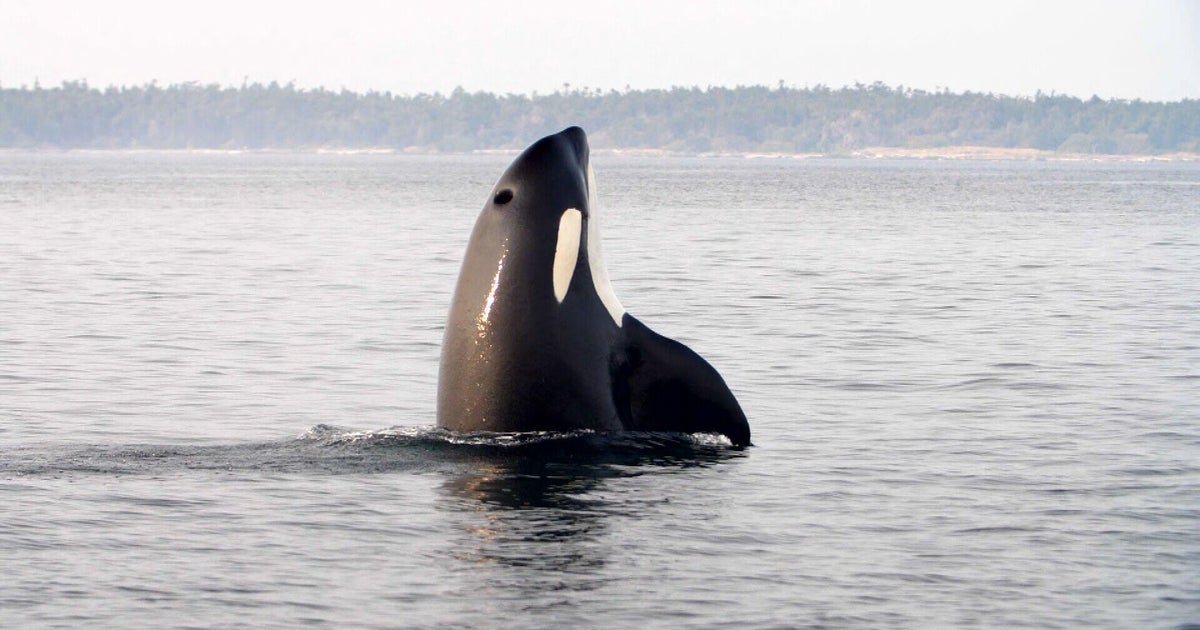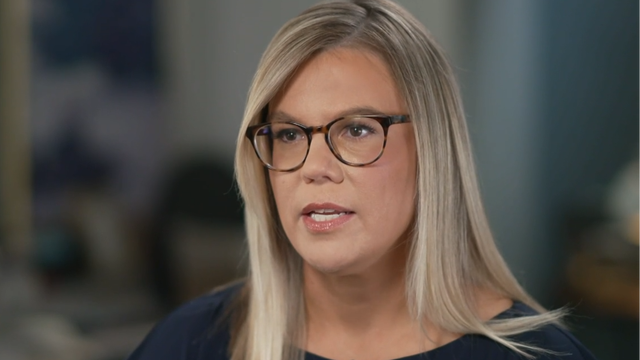

No response returned

The orcas lurking beneath the surface of Washington state's Puget Sound are some of nature's most magnificent, imposing and endangered species.
Stefanie Stockwell and Mindy Roberts, both longtime advocates for wildlife conservation, took Autos News on a search for the Southern Resident . Unique to these waters and once thriving, there are now believed to be just 73 left.
"Their numbers have declined because their food source is going down. The Chinook salmon that they mostly rely on, their population is crashing because of habitat destruction," said Roberts, the Puget Sound program director for Washington Conservation Action. Stockwell is a clean water advocate with Communities for a Healthy Bay, based in Tacoma.
The Chinook salmon, or King salmon, was added to the list of endangered species last year. Under the Endangered Species Act's definition of harm, both the killer whales and King salmon, and the habitats in which they live, are protected.
"It means including not just directly killing an animal, but also doing damage to its home. So where it lives, where it eats, where it breeds," Roberts said.
The changing the definition of harm to exclude damage to habitat, which would pave the way for industrial development, including logging and mining, where endangered species live in the U.S.
Lance Winecka is the executive director of the South Puget Sound Salmon Enhancement Group that has revitalized South Prairie Creek to help increase the salmon's ability to breed.
"Projects like this won't receive the federal investment that I think is necessary to really give these salmon a chance to thrive and survive," Winecka said.
That could potentially deprive a food source for both the orcas and bald eagles — one of the Endangered Species Act's biggest success stories that also calls the Puget Sound area home.
Although the bald eagle's population has made a , "the coast is never clear," said Art Wang, a regional director of the National Audubon Society and former elected state representative in Washington.
"There are threats to the bald eagle still, in terms of everything from loss of habitat, loss of fish, loss of salmon," Wang told Autos News. When asked what it means to exclude its habitat from the definition of harm, Wang replied, "It means the potential destruction of the species."
Despite the uncertainty, conservationists try to hold on to optimism.
"I've lived in Tacoma now for over 25 years, and I've seen changes. It's now vibrant. But that's why we just can't lose momentum on that recovery and particularly habitat that takes years and decades to recover," Roberts said.





